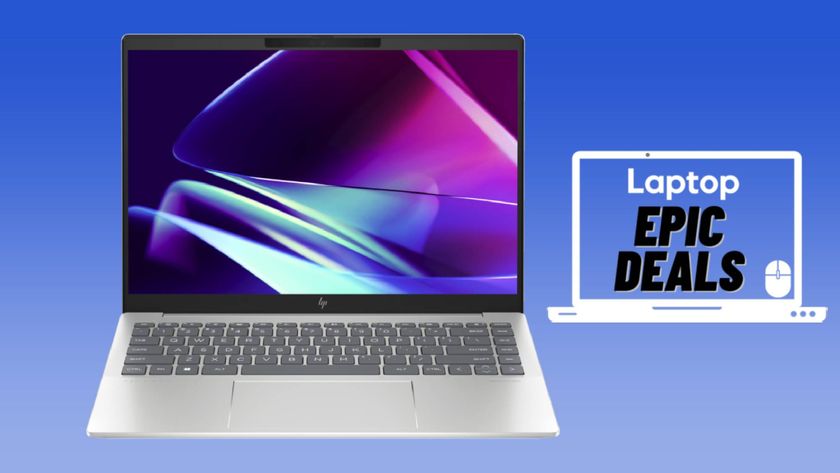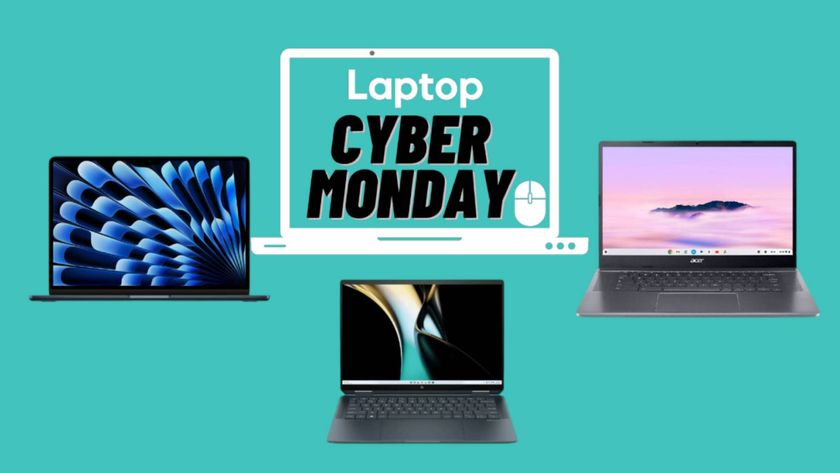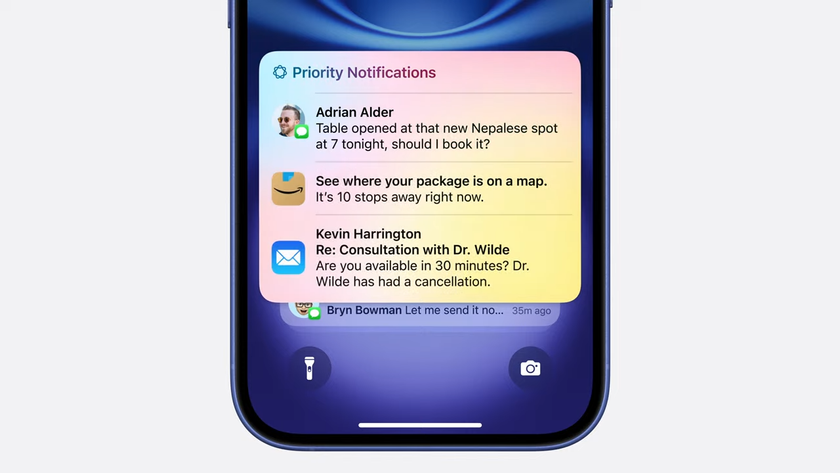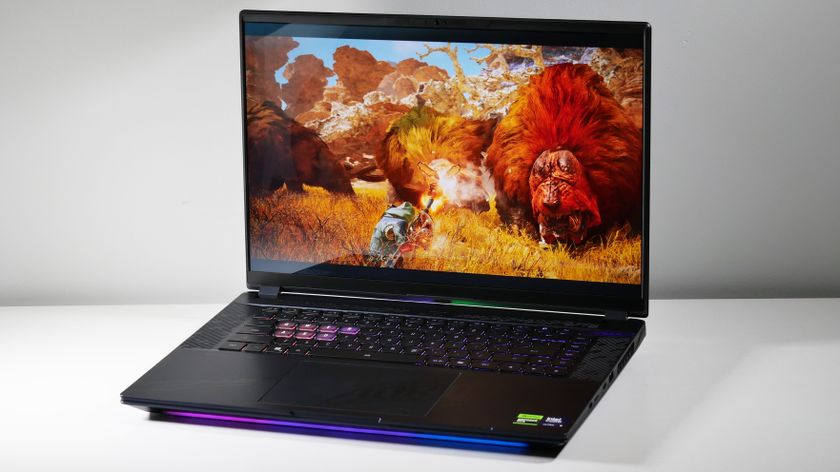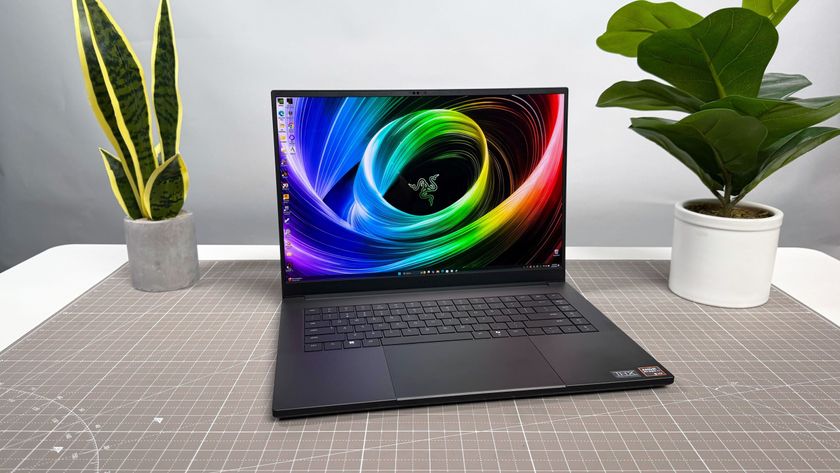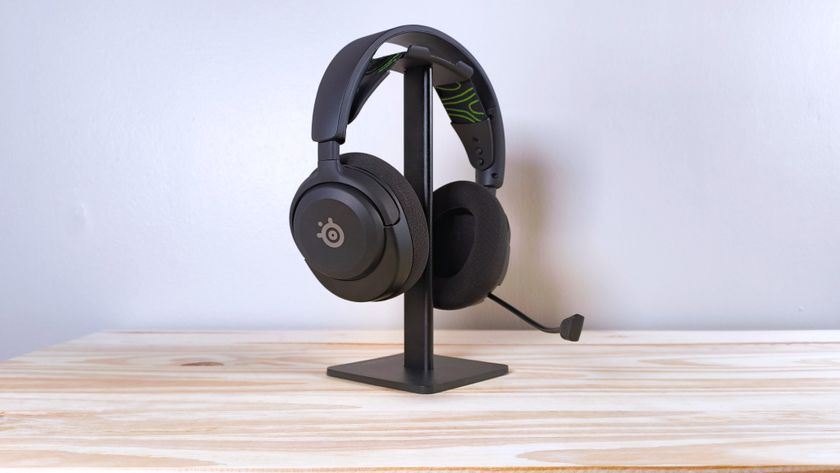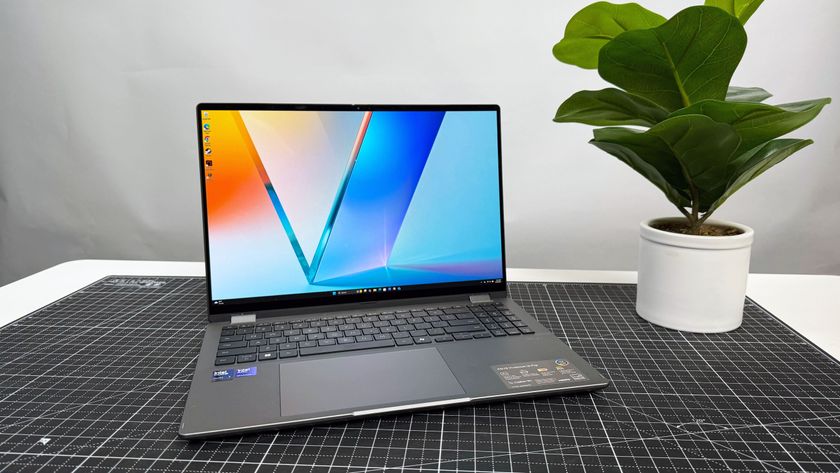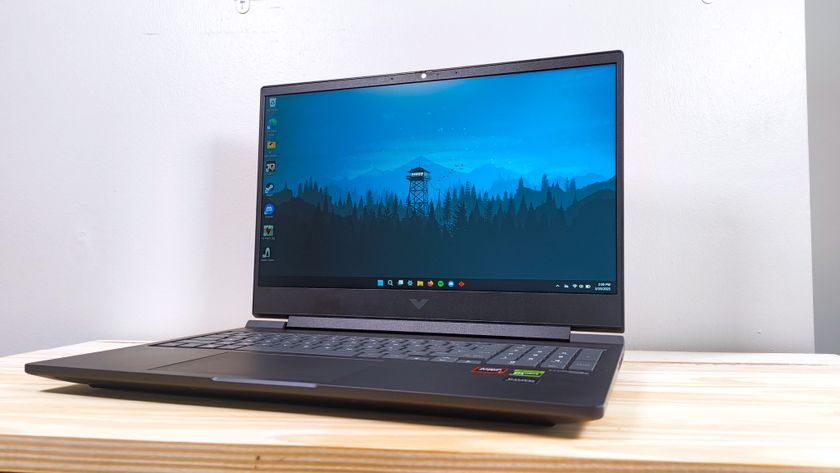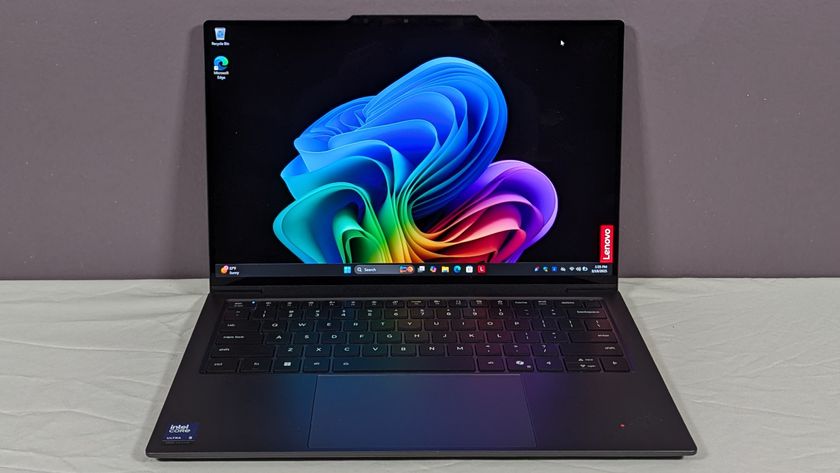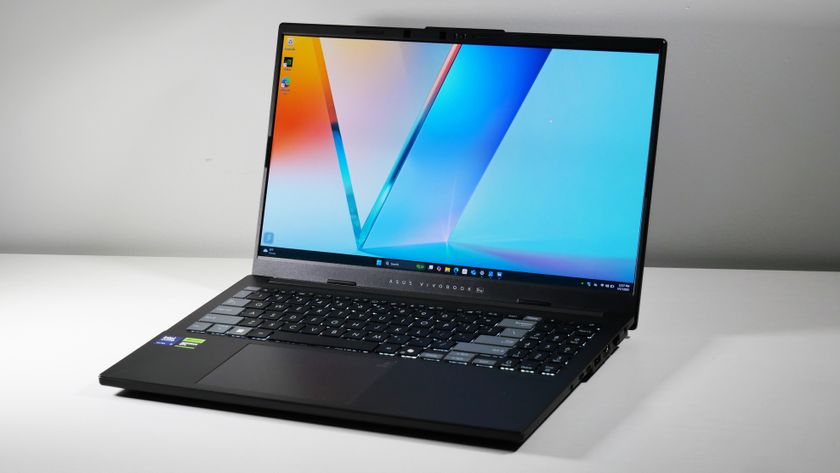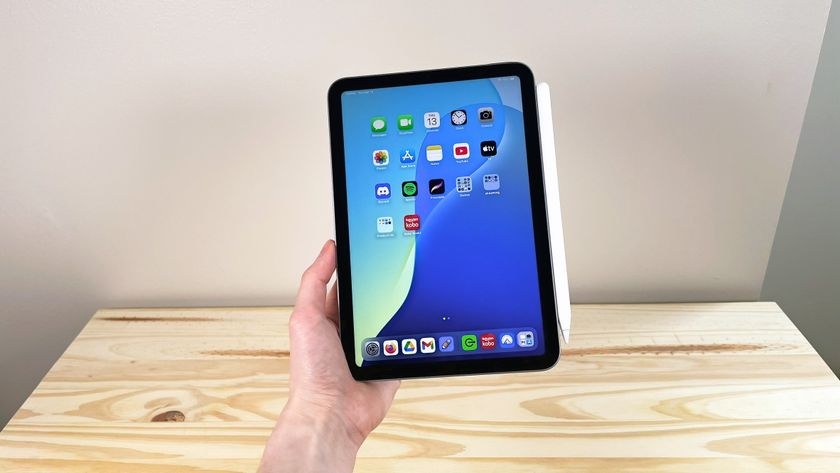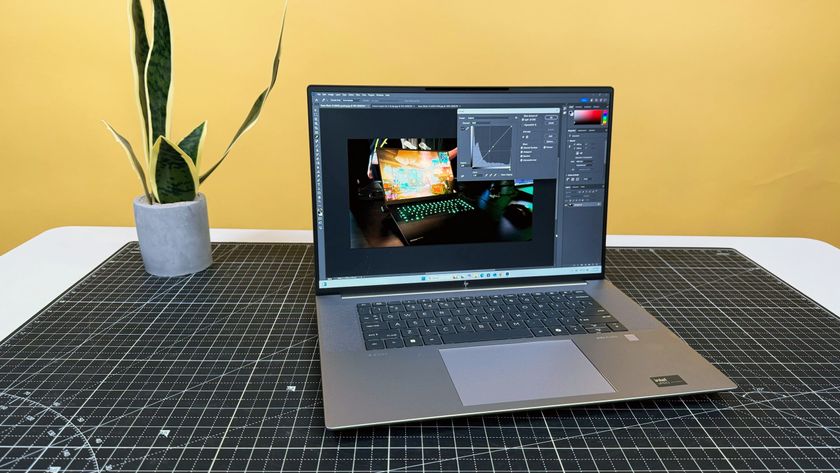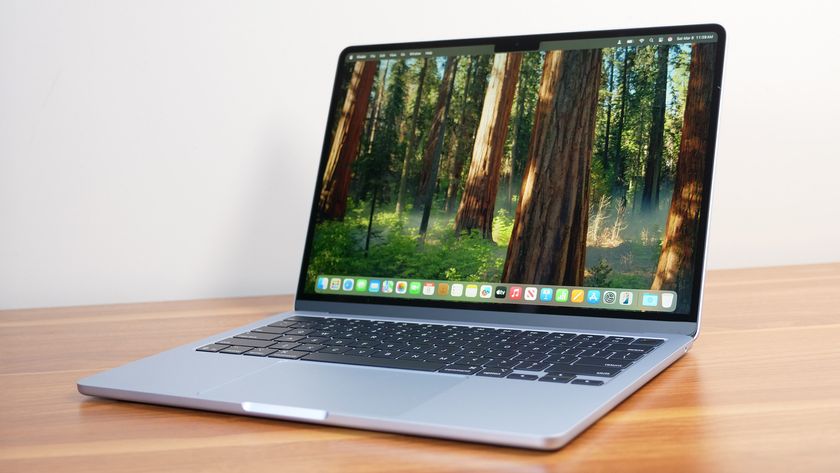Laptop Mag Verdict
HP's premium ultraportable offers excellent performance and an elegant design, but its touchpad could be better.
Pros
- +
Classy design
- +
Brightest screen in its class
- +
Excellent performance
- +
Switchable graphics
- +
Superb audio quality through headphones
Cons
- -
Temperamental touchpad
- -
Unimpressive speakers
- -
Mediocre battery life (without slice)
- -
Expensive
Why you can trust Laptop Mag
Now that Windows 7 is starting to close the gap with Apple's operating system, it's only fitting that it runs on systems that come closer to Apple's vaunted design. One of the first to approach this ideal is the HP Envy 13 (starting at $1,699; $1,899 as configured). In both looks and performance, this system meets or exceeds all of its Windows competitors. However, the Envy 13 costs $500 more than the 13-inch MacBook Pro. For that premium, HP rewards you with faster performance, switchable graphics, a brighter screen, and up to 14 hours of battery life (with the optional slice). However, the Envy 13 has a few flaws that otherwise prevent this system from being the ultimate ultraportable.
Design
We're not the first to say it, and we won't be the last: The Envy 13 bears a striking resemblance to the 13-inch MacBook Pro--not that it's a bad thing. From the metallic lid, black island-style keyboard (in a recessed area of the deck), edge-to-edge glossy display, and integrated buttons in the touchpad, the Envy 13 could be easily be mistaken for a Mac. However, there are some subtle differences. For one, HP clad the Envy 13 in a darker aluminum and magnesium alloy chassis, and the palm rests are dimpled using a Metal Etching process. It's a neat design, but we wonder how much crud is going to build up in those crevices over time.
Powerful as it may be, the Envy 13 is quite svelte. At 12.6 x 8.5 x 0.8 inches, it's slightly smaller than the 13-inch MacBook Pro (12.8 x 8.9 x 1.0 inches), but a big reason for that is the Envy's lack of an integrated optical drive; the system ships with a separate Blu-ray reader/DVD burner which matches the notebook's design.
Coming in at 3.8 pounds, the Envy 13 falls into the ultraportable category, but is still somewhat heavier than the Samsung X360-34P (2.8 pounds) and the Lenovo ThinkPad X301 (3.4 pounds); adding the battery slice brings the Envy 13's weight up to 5.2 pounds.
Keyboard and Touchpad
As noted above, the Envy 13 has a full-size island-style keyboard. Its plastic black keys are smooth and comfortable to the touch, and snap back responsively when pressed. There are no dedicated multimedia buttons, but the Function key operations have been reversed, so you no longer need to press Fn in order to adjust the volume, change music, and so forth; it's a welcome change.
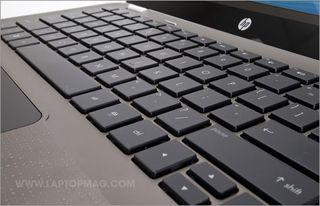
Click to enlarge
Refreshingly, the Envy 13's touchpad is both large and friction-free, unlike other glossy, but resistant touchpads we've seen on HP's Pavilion line. The two buttons are built right into the bottom of the multitouch-enabled pad. This approach creates a sleek look, but we found the touchpad finicky. For instance, two-fingered scrolling in documents or Web pages rarely worked on the first try, and pressing one of the buttons didn't always register. Plus, if we left a finger resting on the pad, or on the button, the cursor would jump around the screen. After a while, we preferred double-tapping the touchpad over pressing the buttons. On a system this expensive, the touchpad should work flawlessly.
Display and Audio

Click to enlarge
One of the best attributes of the Envy 13 is its bright and crisp display. The 13.3-inch screen has a resolution of 1600 x 900 pixels--far more than the traditional 1366 x 768 displays seen on systems this size. The Envy 13 also stands out with a screen that has a 410-nit brightness, and displays 82 percent of the color gamut; both figures are twice that of typical notebook screens.
Even at its dimmest setting, we were able to clearly watch videos streamed from online and played using the optional $250 Blu-ray drive. We could see every scale and hair on the heroes while watching a Blu-ray of Monsters, Inc. In some instances, the screen's brightest setting was almost too high for casual viewing, but will undoubtedly appeal to photographers and those who need that extra degree of accuracy.
The Envy 13's built-in speakers were somewhat underwhelming. When listening to Bruce Spingsteen's "Hungry Heart" streamed from Pandora, there was a noticeable lack of bass; Clarence Clemons' sax often became lost among the other instruments. When we plugged in a pair of Bose QuietComfort headphones, the difference was like night and day; sound was full and well represented, from the tinkling of the high notes on the piano to Max Weinberg's snare drum. That's because the Envy 13 partnered with Beats by Dr. Dre to custom design the audio subsystem. Likewise, we could clearly hear the driving bass line on Tom Petty's "I Won't Back Down" without it being overwhelming.
Ports and Webcam
In order to keep its svelte profile, the Envy 13 also shares a disturbing trait with the MacBook Air: a decided lack of ports. On the right side are two USB ports, HDMI, and an audio port. On the right is an SD Card slot and the power port. For Ethernet connectivity, users must attach the USB adapter.
The 1.3-megapixel webcam delivered accurate colors and very little motion blur when chatting with a friend using Google Video Chat. HP has also added a unique feature called Nightvision that uses an infrared light to enhance the image in low-light conditions. Indeed, when we turned off the lights around us, the webcam instantly compensated, making us look as bright as if we were in the sunlight.
Instant On
For users who wish to preserve even more battery life, HP includes IOS (Instant On Solution), its branded version of Splashtop. From this Linux-based environment, you can surf the Web, chat on Skype, listen to music, view pictures, check your e-mail and calendar, and chat with buddies (if you have an AIM, Google Talk, MSN, or Yahoo account). In order to access the Internet, you have to configure your Wi-Fi settings; unfortunately, it doesn't carry over from Windows. Still, the setup window shows you all the available networks, and even shows signal strength; this indicator may be a number as opposed to the little bars in Windows, but it's still a nice touch.
Aside from battery life, the greatest benefit to the IOS operating systems is its speediness: booting into IOS took just 7 seconds. The first time we launched the Splashtop Web browser, it took just 11 seconds; after closing the browser, it took around 4 seconds to relaunch it. More importantly, the browser supports Flash, so we were able to watch videos on Hulu and YouTube.
Performance
Powered by a 2.13-GHz Intel Core 2 Duo SL9600 processor and 3GB of RAM, our configuration of the Envy 13 notched a great score of 4,047 in PCMark Vantage; that's about 1,300 points above the ultraportable average--not to mention 153 points above desktop replacements--and slightly edges out the Dell Studio XPS 13 (3,961). Naturally, we had no problem watching a video in Hulu with several other windows open, writing a review in OpenOffice, and playing music.
Transcoding a 114MB MPEG-4 to AVI using HandbBrake took a speedy 7 minutes, less than half the time as an average ultraportable (15:19), and on a par with mainstream notebooks (whose average is 7 minutes and 1 second).
The 5,400-rpm, 250GB Toshiba hard drive was a little underwhelming. It booted to Windows 7 Home Premium (64-bit) in a lethargic 1 minute and 25 seconds, about twenty seconds longer than the ultraportable average. The Envy 13 completed the LAPTOP Transfer Test (duplicating 4.97GB of multimedia files) at at rate of 16.6 MBps, nearly 3 MBps slower than the ultraportable average.
Graphics
Aimed at balancing the needs of both endurance and power, the Envy 13 has switchable graphics--a discrete ATI Mobility Radeon HD 4330 GPU and integrated Intel GMA 4500MHD graphics. The difference between the two could not be more stark. When using the ATI chip, the Envy 13 scored 3,087 on 3DMark06; that's above a good number of 13-inch systems with discrete graphics, such as the Sony VAIO SR (2,450), but falls short of the Dell XPS Studio 13 (3,530 in Performance Mode), which has an Nvidia GeForce 9500M GE GPU.
When running our Far Cry 2 benchmark, the Envy 13 averaged 41 frames per second with the resolution set to 1024 x 768 and the graphics set to optimal. At max resolution and graphics boosted to Very High, it dropped to an unplayable 10 fps; users looking to casually game on the go will find that this notebook gets the job done.
Switching to the Envy 13's integrated graphics is a simple task of right-clicking on the desktop and selecting Configure Switchable Graphics. After an option is picked, the screen goes blank for about 7 seconds. When using the integrated graphics, the Envy 13 fell back down to Earth; its 3DMark06 score of 768 was slightly below the ultraportable average of 830.
Regardless of what video card we used, everyday graphics performance was up to par; video streamed from Hulu was smooth and in sync with audio, and we saw an average frame rate of 35 fps while performing the sightseeing tour on Google Earth.
Battery Life and Wi-Fi
The Intel WiFi Link 5100AGN delivered throughput of 20.8 Mbps at 15 feet and 16.7 Mbps at 50 feet; that's in line with the ultraportable category averages (19.4/16.7 Mbps). While integrated mobile broadband is not an option, the Envy 13 does come with Bluetooth 2.1.
When you pull the power cord, the Envy 13 automatically switches to integrated graphics mode (although users can easily switch it back to discrete). Using the integrated graphics, on our LAPTOP Battery Test (Web surfing via Wi-Fi), the removable four-cell battery on the Envy 13 lasted 4 hours and 19 minutes, about 40 minutes shy of the ultraportable average; with the slice battery, the system lasted 10:23.
Configurations
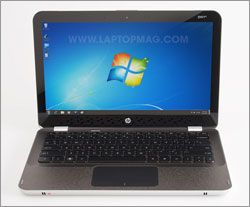
Click to enlarge
While our version cost $1,899, you can also purchase it for $1,799 if you forgo the slice battery. Aside from the Envy we reviewed, HP offers a less expensive version for $1,699, which will have a slower 1.86-GHz Intel Core 2 Duo SL9400 processor and a lower-resolution 1366 x 768 display.
Software and Warranty
HP bundles a good deal of software with the Envy 13, including Corel Paint Shop Pro Photo X2, Corel Video Studio Pro X2, HP MediaSmart Premium. and a 60-day trial of Symantec Norton Internet Security. There's also an icon for Slingbox in the Start menu, but clicking on it just launches an advertisement. Missing is any sort of word processor; even a 30-day trial of Microsoft Word would be appreciated.
The Envy 13 includes a one-year parts-and-labor warranty. Envy owners also recieve a dedicated support number to call 24/7, and online chat is also available. HP reports that e-mails to its tech support team should be answered within one hour.
Verdict
There's no question that the HP Envy 13 is a stylish and powerful system. It's a sexy ultraportable that delivers the performance of a much larger machine. Everything from the Envy's packaging down to the glass display says that this is a premium notebook. But therein lies the problem: When you're paying $1,899--$400 more than the most expensive 13-inch MacBook Pro--you're less forgiving about certain flaws, and the issues with the Envy 13's touchpad are too great to ignore. We also wish the system lasted longer on a charge without having to add the battery slice. The Envy 13 is worth the splurge for those looking for the most powerful 13-inch notebook in a most portable package, but we hope the ergonomic experience improves with updates.
HP Envy 13 Specs
| Bluetooth | Bluetooth 2.1 |
| Brand | HP |
| CPU | 2.13-GHz Intel Core 2 Duo SL9600 |
| Company Website | www.hp.com |
| Display Size | 13.1 |
| Graphics Card | ATI Mobility Radeon HD 4330 (discrete); Intel GMA 4500MHD (integrated) |
| Hard Drive Size | 250GB |
| Hard Drive Speed | 5,400rpm |
| Native Resolution | 1600x900 |
| Operating System | MS Windows 7 Home Premium (64-bit) |
| Optical Drive | External BD-ROM/DVD |
| Ports (excluding USB) | Microphone, Headphone, HDMI |
| RAM | 3GB |
| RAM Upgradable to | 5GB |
| Size | 12.6 x 8.5 x 0.8 inches |
| USB Ports | 2 |
| Video Memory | 512MB |
| Warranty/Support | 1-year/24/7 toll-free |
| Weight | 3.8 pounds (5.2 pounds with slice battery |
| Wi-Fi | 802.11a/g/n |
